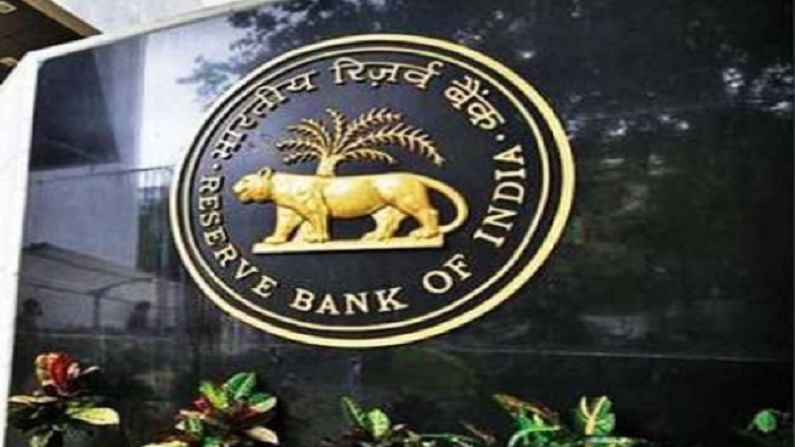Will your EMIs go down or remain the same? Find out tomorrow
The Reserve Bank of India will decide whether to trim the key interest rates or keep them at the same level after the meeting of the Monetary Policy Committee

Will your EMIs dip in the near future? Will home loans become cheaper so that you can take another step closer to your dream home?
It is possible that you may have a better idea of it on June 4.
As the Monetary Policy Committee (MPC) of the Reserve Bank of India continues its three-day brainstorming and deliberations to determine what is one of the most crucial aspects of the nation’s economy, money supply and interest rates on the lips of many.
Home loan rates
At 6.65-6.9%, current home loan rates are one of the cheapest ever. The same can be said about auto loan rates that are around 7.5-8%.
Lowering interest rates is one of the easiest ways to boost demand in the economy and many, both consumers and corporates, will look forward to whether the central bank will reduce policy rates like repo tomorrow.
Status quo
Both economists and investment experts have already said that the central bank is likely to maintain status quo. In other words, policy rates such as repo and reverse repo would be kept unchanged at 4% and 3.35%, respectively.
However, after the last MPC meeting in April, RBI Governor Shaktikanta Das had said that one of their key objectives is to help revive economy. He signalled that RBI would maintain an accommodative stance, which means the bank would reduce rates to inject money into the system if and when needed.
Implication of cuts
If the central bank cuts repo rate it allows the commercial banks to borrow money at a lower cost and, in turn, it reduces interest rates for the end consumer who can raise loans buy flats, or vehicles or purchase electronic goods or consumer durables, thereby increasing aggregate demand in the economy.
If demand increases, companies manufacturing these goods would produce more, and if demand rises by sufficient amounts, new factories might be set up employing more people.
Unemployment
One of the things that should be weighing down on the minds of the MPC members is the rising unemployment situation, thanks to the second savage run of the virus.
After a brief interregnum when the economy drifted into a delusion of opening up, the second wave of infection began and unemployment rates started rising fast.
According to Centre for Monitoring Indian Economy figures, average unemployment rates for the economy has been rising consistently for the past three months – 6.50% in March, 7.97% in April and 11.90% in May.
Double-digit in villages
The unemployment rates in urban regions have been worse – 7.27% in March, 9.78% in April and 14.73% in May. The rural sector has recorded double-digit unemployment rates in May at 10.63%, up from 6.15% in March and 7.13% in April.
On June 2, the 30-day moving average 12.1%, with urban unemployment creeping up to 14.8% and the rural figure to 11.0%.
Unemployment rising in the rural sector holds ominous portents since this is the sector on which a lot of companies were depending on revival of demand for different goods.
Consumer sentiment
Increasing unemployment will affect consumer sentiment that has been down following the second run of lockdowns in different states, prompting people to rein in discretionary spending and save for healthcare emergencies.
Fortunately, the requirements of the economy reviving and the generation of employment are the same – cheaper money into the system.
Inflation concerns
However, inflation concerns would be tying down the hands of the central bank. Many are apprehending upward inflationary pressures to continue and perhaps worsen as wholesale price index rose to 10.5% in April, the highest in the past 11 years.
Though the Consumer Price Index-based inflation fell from 5.52% in March to 4.29% in April riding on easing food prices, WPI rising to 10.5% might have a delayed impact on the retail inflation, apprehend many economists.
While the RBI governor had earlier said that their priority would be on fuelling growth in the economy, containing inflation is one of the primary objectives of the MPC that cannot be undermined.
Monsoon balm
One of the factors that might give the RBI some relief is the prediction of a normal monsoon. Indian agriculture is overtly dependent on monsoons.
More than half the country’s farmland is dependent on the monsoons for agriculture. July is extremely important for kharif crops and knee-deep water is needed for planting rice saplings. Apart from rice, kharif crops include maize, sorghum and cotton.
Significantly, a large part of the industry that deals with food processing, is also, in turn, dependent on the monsoons for its raw material feed.
If there is adequate rainfall, it also helps fill up dams and reservoirs that help in irrigation during winter. It also helps in generation of hydroelectric power.